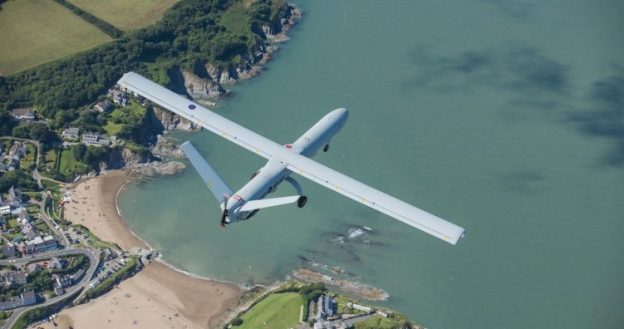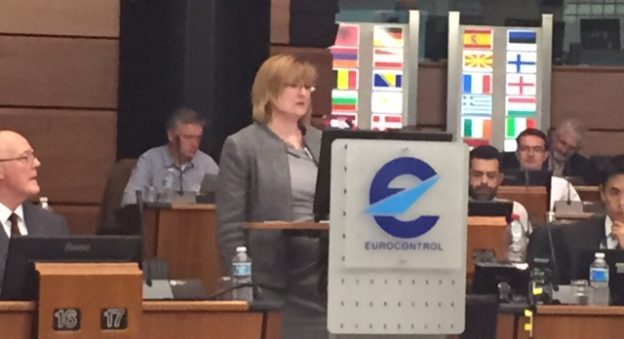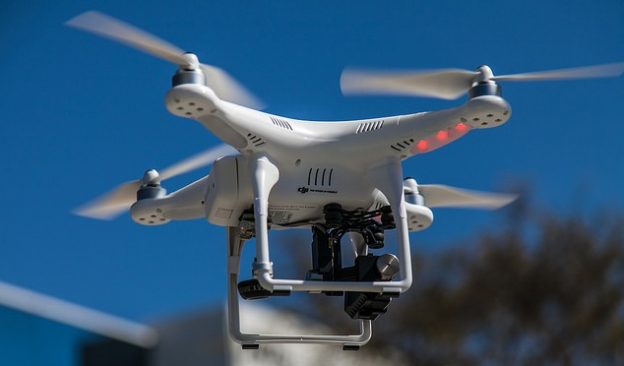A new regulatory approach for Drones?
25 September 2015Remotely Piloted Aircraft System (RPAS) or “drones” are now well established in the public consciousness and, especially for the smaller units, the commercial opportunities they represent are increasingly being exploited.
Drones can vary in size from something that fits in the palm of your hand, to the size of a Boeing 737, but at the end of the day they are still aircraft and they can only operate if they do not represent a hazard to other airspace users or to people and property on the ground.
Ensuring safety in the air has traditionally meant States insisting that drones comply with manned aviation standards but as the RPAS industry has struggled to meet those standards, progress in integrating drones into normal airspace – i.e. the unsegregated airspace used by most civil and military aircraft –has been slow.
The European Commission has recognised the commercial potential for this sector and has tasked the European safety agency EASA with developing a regulatory framework to establish new rules, which will enable drone operators greater access to the airspace used by manned aviation.
Up until now the rules around operating a drone have been based essentially around their weight but this is now recognised as inadequate so to address the potential risks EASA is proposing three drone categories, each one with different levels of regulation:
1. ‘Open’ category (low risk): safety is ensured through limits on the operation and the requirement to have certain functionalities. Enforcement will be mainly by the police.
2. ‘Specific’ category (medium risk): authorisation by a State CAA following a risk assessment performed by the operator.
3. ‘Certified’ category (higher risk): requirements similar to manned aviation. Authorisation by a State CAA (issue of licences and approval of maintenance, operations, training,) and by EASA (design and approval of foreign organisations).
The RPAS regulatory framework will be based on the safety risks posed by drone operations: mid-air collision with manned aircraft, harm to people on the ground and damage to property. The actual level of risk will depend on the energy, mass and complexity of the drone, the population density of the overflown area, the design of the airspace and density of traffic and so the legislation is moving away from simple weight discriminations. The rules will apply to both commercial and non-commercial operations as the identical drone might be used for both types of activity with the same risk to other parties.

EASA has launched a public consultation on their new framework. NATS’ policy on drone operations is that they must not represent a safety hazard to our business but we recognise the potential commercial opportunities that they bring and are currently working on a SESAR-funded project – Project Claire – exploring how RPAS could be safely integrated into civil airspace.
Any future regulation must strike a balance between making sure drone operations meet certain standards for safe operation, and not overregulating so that the market doesn’t grow. NATS has responded to the consultation and has raised some questions around the assumptions underpinning the proposed categories, but in general we support this new risk based approach to drone legislation.
Header image copyright Thales/RichardSeymour
Comments
Please respect our commenting policy and guidelines when posting on this website.




